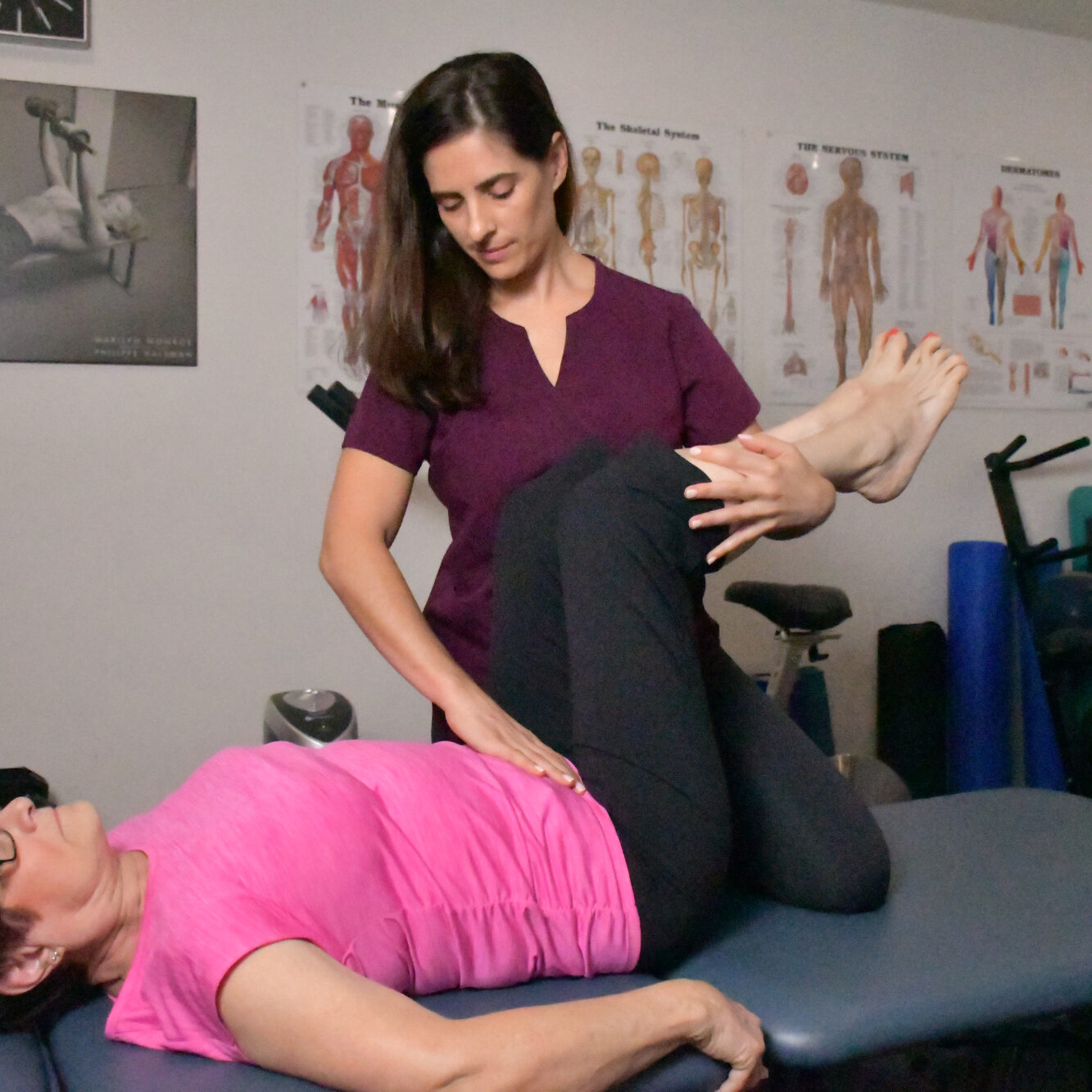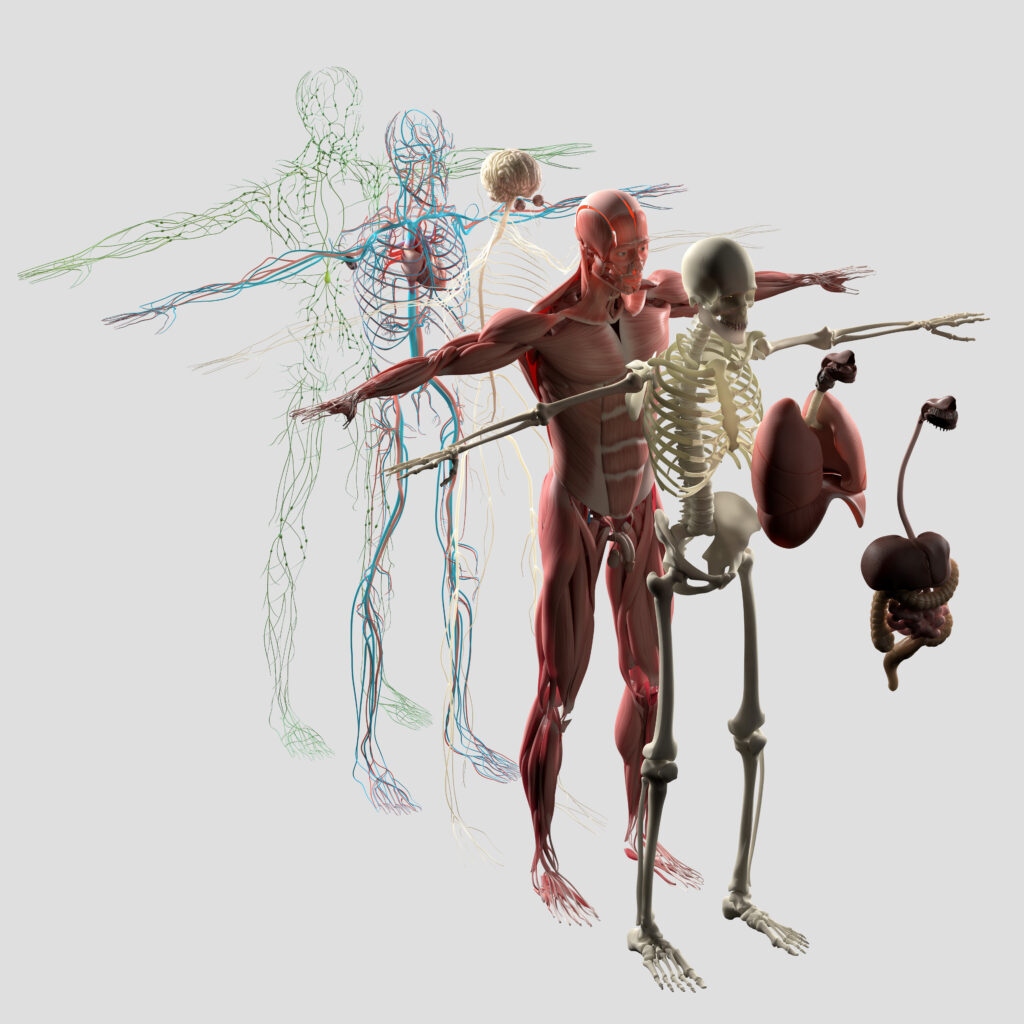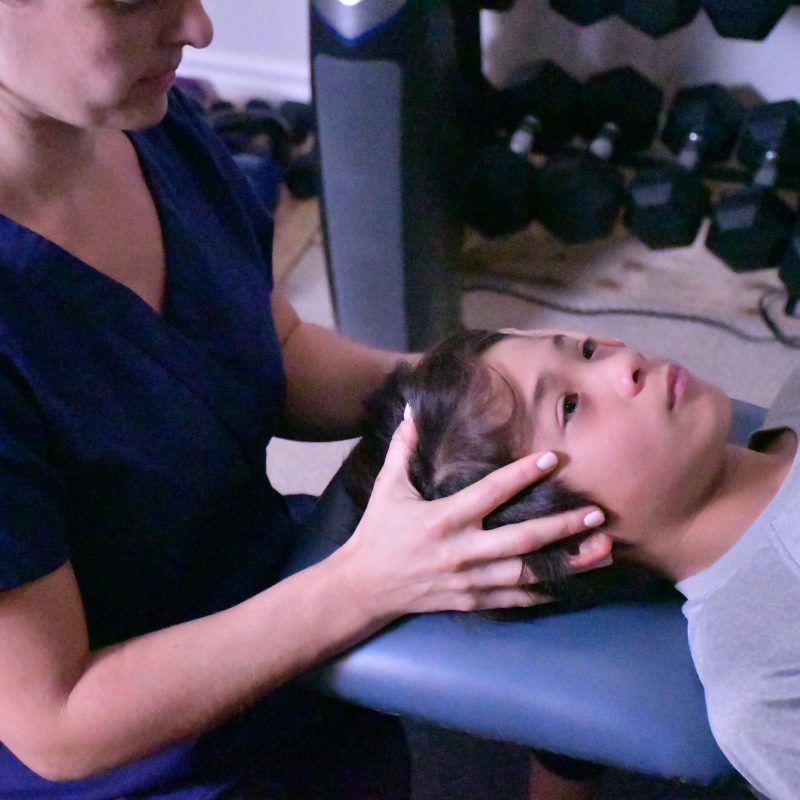
Osteopathy is a holistic, non-invasive form of manual therapy that works to relieve pain, regain proper mobility and mechanics, and restore the health and vitality of the body.
The Philosophy of Osteopathy is based on the safe and effective application of the following Principles:
- The musculoskeletal system is intimately connected with all other systems of the body and can reflect health or disease.
- Body structure and function are intimately related. Any abnormality in the structure or function of a body part may lead to disorder and disease in another.
- The body has the inherent ability to defend and repair itself. When normal adaptability is disrupted, or when environmental changes overcome the body’s capacity for self-maintenance, disorder or disease may result.
- Rational treatment is based on the preceding principles.
Our body’s systems (nervous, musculoskeletal, lymphatic, digestive, cranial, etc.) are connected on every level, and effective treatment is based on these interrelated relationships and ‘a whole body’ approach. Treatment works on addressing the root of the problem and balancing each system so it can work in harmony with the other, ultimately leading to faster healing times and lasting results.


WHAT DOES AN OSTEOPATHIC MANUAL PRACTITIONER DO?
An Osteopathic Manual Practitioner (OMP) has precise palpatory skills and uses their hands to assess and treat injuries and illness. OMPs give special attention to how the body’s nerves, muscles, bones, fluids, and organs work together to influence health. The practitioner’s role is to restore the mobility of anatomical structures, as well as to encourage the self-healing capacity of the body and all of its systems through manual treatment. The therapeutic aim is to remove all obstacles and imbalances that interfere with proper functioning, as well as to allow the free flow and normal fluctuation of all bodily tissues (blood, lymph, etc.). This ultimately allows the body to perform it’s innate healing job. Furthermore, OMPs can help their patients develop attitudes and lifestyle practices that not only fight injury and illness but prevent them.
Various techniques are utilized during an Osteopathic Manual treatment: soft tissue and myofascial release, stretching, muscle activation, lymphatic drainage, visceral, and cranial-sacral therapy.
OSTEOPATHIC MANUAL PRACTITIONERS CAN HELP WITH:
- Muscular, tendinous and ligamentous problems
- Pain and/or reduced joint mobility
- Degenerative and inflammatory conditions
- Dysfunctions of the spine and whole-body posture
- Post-traumatic disorders (e.g., sports and motor vehicle accidents, work-related injuries)
- Certain digestive disorders (e.g., gastric reflux, hiatal hernias, slow digestion, constipation, etc.)
- Nervous system problems (e.g., depression, anxiety, etc.)
- Cardiorespiratory dysfunctions (e.g., asthma, circulatory problems, etc.)
- Ear-nose-throat problems (e.g., sinusitis, otitis, vertigos, tinnitus, etc.)
- Jaw pain, migraines, headaches
- Urogenital disturbances (e.g., repetitive urinary infections, urinary incontinence, prostate problems, menstrual problems, fertility issues, etc.)
- Problems during pregnancy (e.g., difficult pregnancy, post-partum problems, pain, etc.)
- Problems related to birth and growth (e.g., cranial deformation following use of forceps or vacuum extractor), disturbed sleep, feeding difficulties, otitis, regurgitation, colic, scoliosis, etc.)
…and MUCH more – please contact to inquire!








